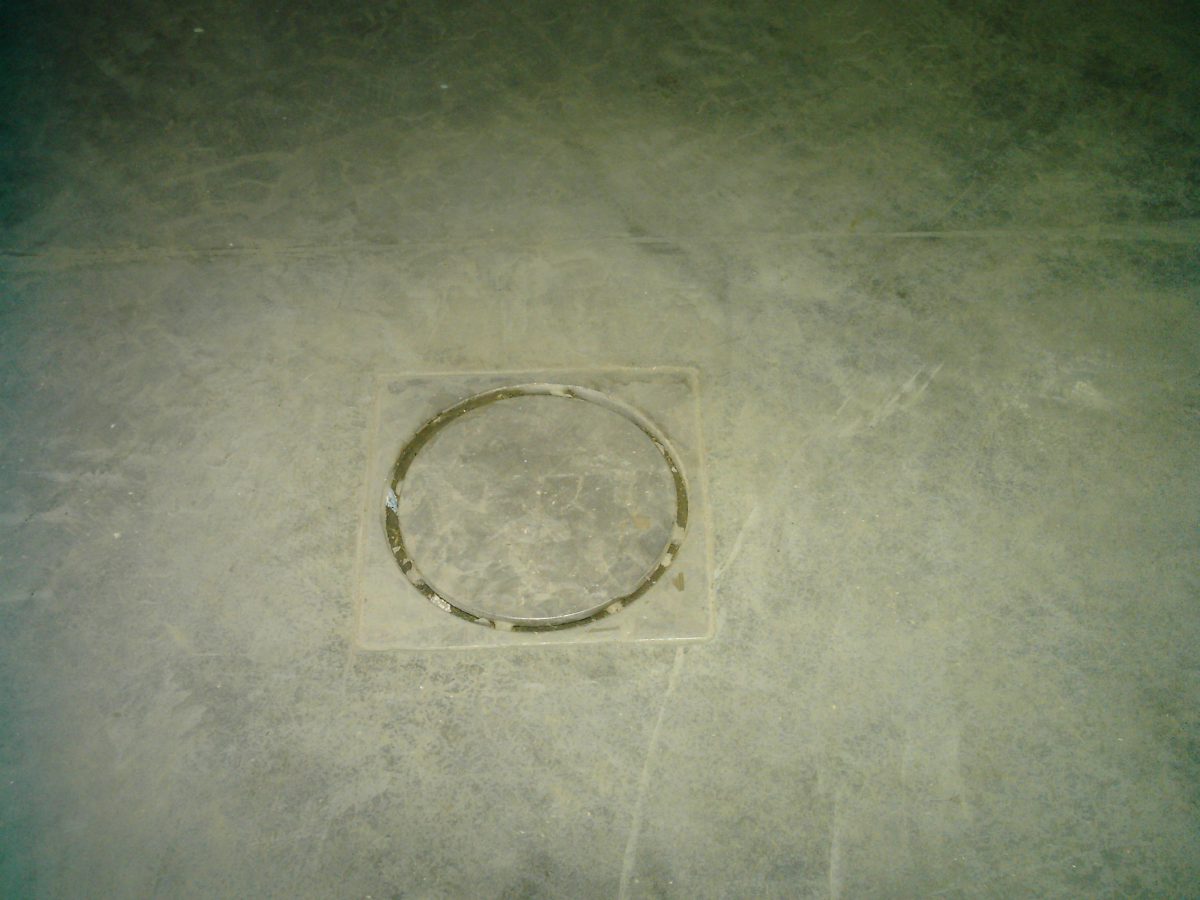Round floor drains are becoming more common.
There are numerous factors to consider when designing a wastewater piping system for a food manufacturing plant. Where will drains be located? What types of piping materials will be used? Can the system be designed to accommodate future physical growth of the facility? Yet the most important factor of a waste-piping system is efficiency – efficiency in location, layout, materials and installation. Here’s what you need to know:
- Use appropriate materials – the types of cleaning chemicals used and the temperature of water used for wash downs will drive which piping material you select. Polypropylene stands up best to harsh cleaning chemicals, but is not suitable for higher temperatures. Stainless steel holds up well to both high temperatures and chemicals, but is the most costly. Cast iron, though not the most chemically-resistant, is well-suited to high temperatures and is the most economical choice
- Architects determine drainage locations – food processing plant architects are best equipped to determine proper drain locations based on equipment layout, floor slopes, and USDA guidelines with guidance from the mechanical engineers. Once they’ve determined the best location, mechanical engineers can lay out and size the piping system
- Efficient layout – efficiency is really the key to a dependable waste-piping system. It’s important to design the system using the most efficient routing possible, thereby minimizing the number of code-required vents. This translates into reduced labor and material costs and an overall lowered, installed cost
- Consider barriers in the layout – the layout of the building, floor levels, and the location of the dock area, toilet areas, and process areas can create obstacles for designing an efficient system. The floor height and drainage needs of these areas must be taken into account in the initial design of the waste-piping system
- Use sanitary drains – more plants are moving away from trough drains to round floor drains. Troughs can collect bacteria because of bends and corners. Round floor drains minimize the potential for bacteria harborage with a circular, seamless design
- Ensure proper venting – a proper venting system is crucial to allow air to replace water as it moves through the pipe to keep it flowing freely.
If you’d like to hear more of our recommendations for designing the most efficient waste-piping system, email us at foodforthought@stellar.net, foodforthought@stellar.net, or foodforthought@stellar.net.



